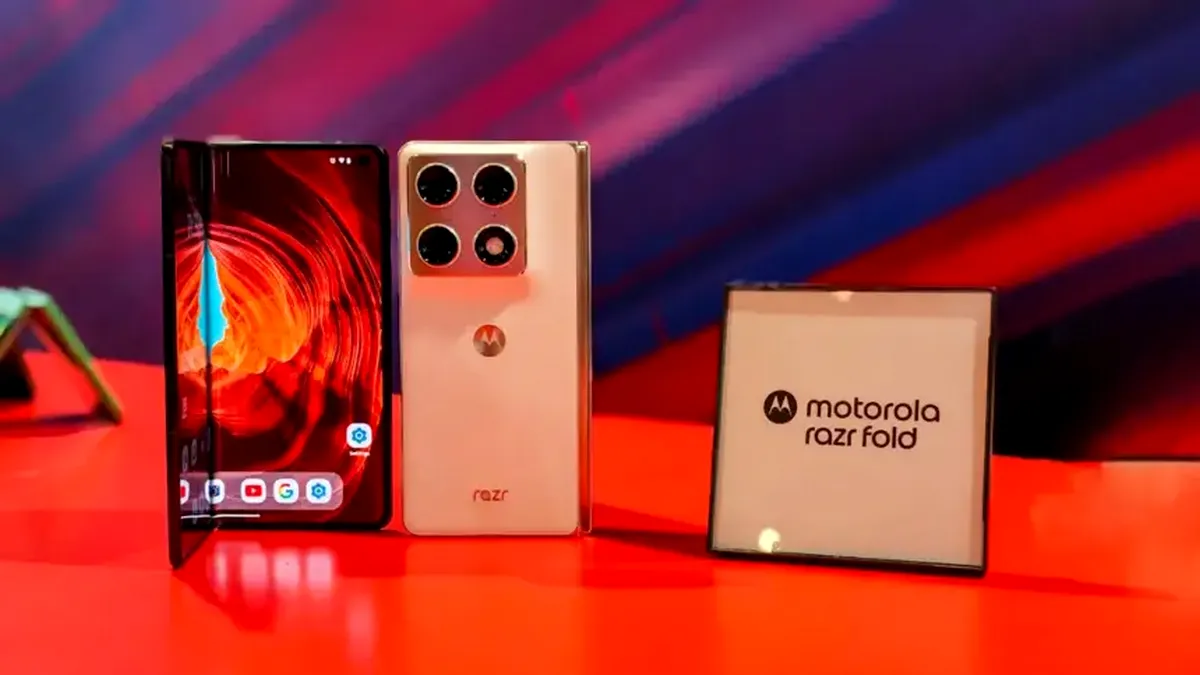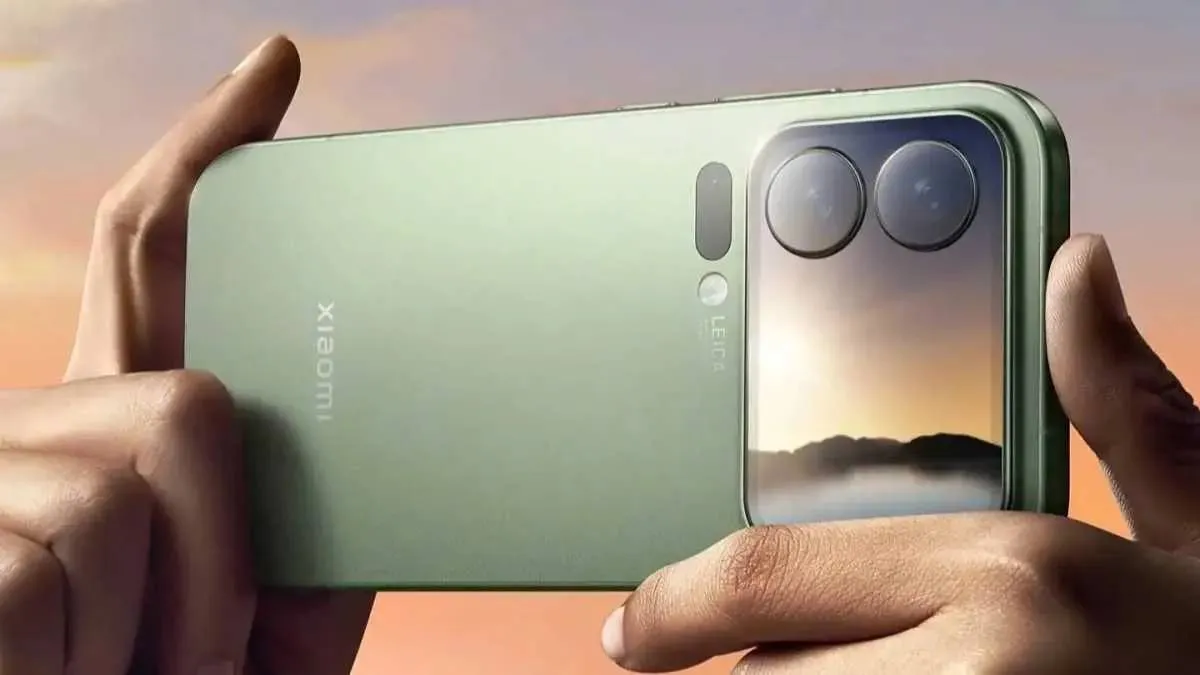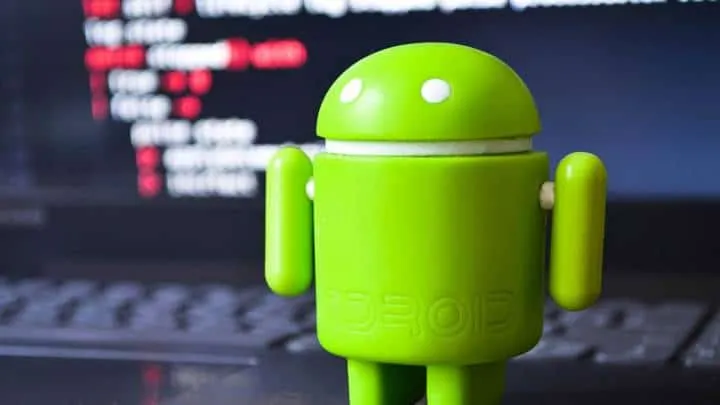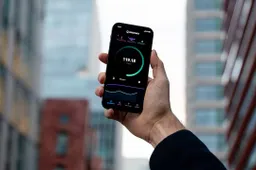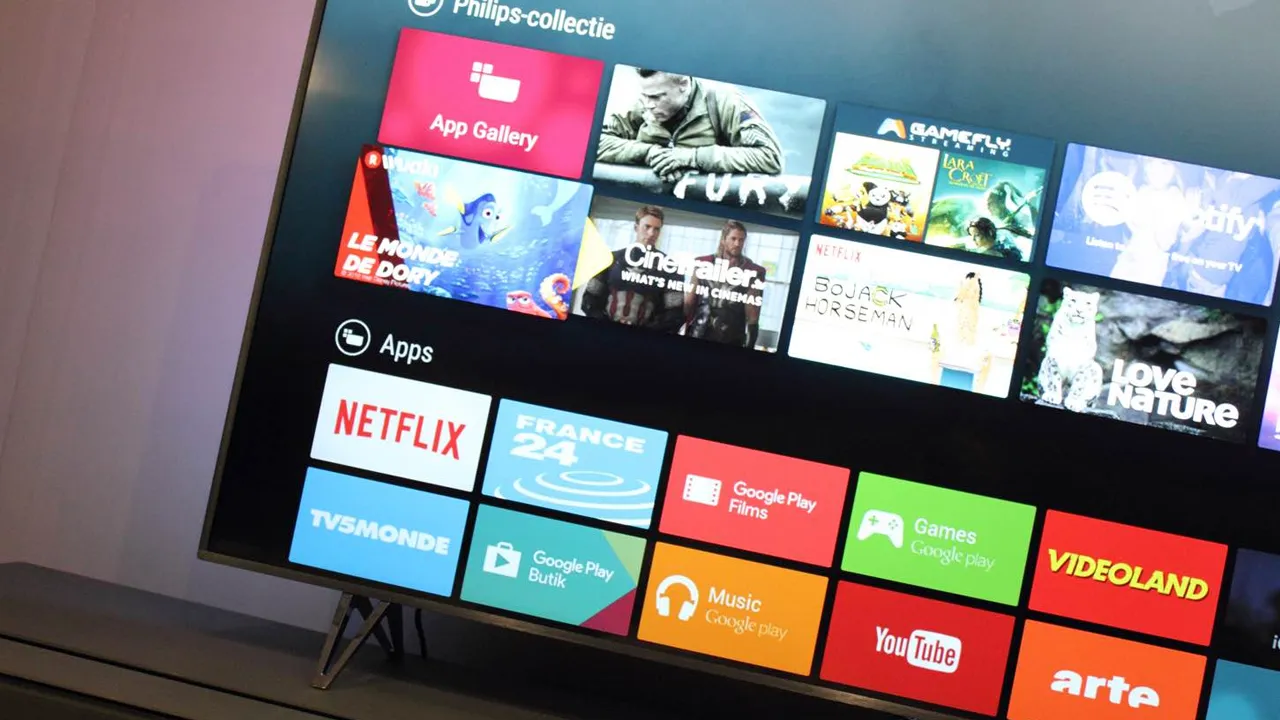
While Android smartphones have been sporting the latest Android 14 features since fall 2023, Android TV has been following a somewhat different path. Despite sharing a foundation with the mobile platform, the TV-focused version receives updates at a slower pace. However, during Google I/O 2024, exciting news emerged: Android TV 14 is finally here! After a beta phase, this update brings a range of improvements for users and developers alike.
Android TV 14 Arrives: Enhanced Performance, Accessibility, and Developer Tools
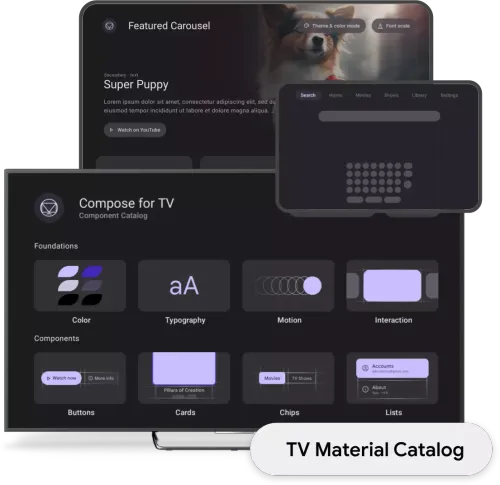
A Divergent Path for Smart TVs
Unlike its mobile counterpart, Android TV doesn't receive major version updates as frequently. Traditionally, it inherits some features from the core Android version, with additional functionality delivered through quieter Google Play Store updates. This approach acknowledges the distinct needs and hardware limitations of smart TVs compared to smartphones. Devices like the Chromecast with Google TV, for instance, have been stuck on Android 12 – a situation potentially set to change with Android TV 14.
Android TV 14: Key Improvements
While some features were previously hinted at during the beta period, Google has highlighted three key areas where Android TV 14 shines: performance, accessibility, and developer tools.
1. Enhanced Performance and Sustainability
Android TV 14 focuses on optimization, promising a "more agile and responsive experience." These changes likely involve under-the-hood tweaks, given the inherent hardware differences between TVs and smartphones.
Additionally, Android TV 14 prioritizes sustainability with new power management modes. Users can choose between:
- Low Energy Mode: Prioritizes essential functions for minimal power consumption.
- Optimized Mode: Enables standard TV usage with balanced performance and efficiency.
- Always Ready Mode: Maintains a connection with other devices, potentially for functionalities like mobile-initiated recordings.
2. Improved Accessibility for All Users
Android TV 14 champions inclusivity with a range of new accessibility features:
- Color Correction: Tailors the visual experience for users with color vision deficiencies.
- Enhanced Text Options: Improves text clarity and readability.
- Simplified Navigation with Remote Shortcuts: Offers quicker access to desired functions using the remote control.
These features extend to apps as well, encouraging developers to incorporate them into their creations. Google has provided dedicated documentation to guide app developers on implementing these accessibility measures.
3. Multitasking on the Big Screen with Picture-in-Picture
While not as crucial as on smartphones, multitasking has received a boost with Picture-in-Picture (PiP) mode. This allows users to keep certain apps running in a smaller window alongside the main content.
A Boon for Developers: Compose for TV 1.0.0-beta01
Beyond the user-facing enhancements, Android TV 14 offers a significant advantage for developers: Compose for TV reaches version 1.0.0-beta01 within Android Studio. While still under testing, this advancement facilitates the creation of user interfaces for Android TV applications using Google's Material Design language.
Looking Ahead: Manufacturer Updates and Future Devices
While the final version of Android TV 14 is ready for deployment, the onus now falls on device manufacturers to integrate this update into their existing products. This could potentially signify the arrival of the much-anticipated next-generation Chromecast, which has been rumored to be launching soon.
The arrival of Android TV 14 marks a significant step forward for the platform. Users can expect a smoother, more accessible, and energy-efficient experience, while developers benefit from enhanced tools for creating intuitive and user-friendly interfaces. This update positions Android TV 14 to remain a compelling option for the ever-evolving smart TV landscape.
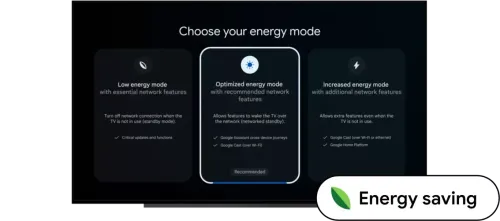
Deep Dive into Android TV 14: Exploring the Technical Side and Potential Implications
The arrival of Android TV 14 goes beyond the headline features. Let's delve deeper into some technical aspects and explore the potential ramifications for both users and developers.
Performance Optimization: Under the Hood
While the announcement mentions a "more agile and responsive experience," the specific details of performance optimization remain undisclosed. However, we can speculate on some potential areas of improvement:
- Resource Management: Android TV 14 might employ tighter memory management and background process control to enhance responsiveness.
- Hardware Acceleration: The update could leverage hardware acceleration features more effectively, offloading tasks from the CPU to the GPU for smoother performance, particularly during video playback and UI transitions.
- Code Optimization: The core codebase of Android TV 14 might be streamlined and optimized to reduce processing overhead and improve overall system efficiency.
These optimizations could lead to faster app loading times, smoother navigation, and a more responsive user experience overall.
Energy Saving Modes: A Balancing Act
The introduction of power management modes in Android TV 14 presents an interesting proposition. While maximizing battery life isn't a primary concern for TVs plugged into a power outlet, these modes offer a level of control over energy consumption.
Here's a closer look at the potential implications of each mode:
- Low Energy Mode: This mode likely puts the TV in a low-power state, reducing screen brightness and background processes. It's ideal for situations where minimal functionality is required, such as displaying a clock or basic information on the screen.
- Optimized Mode: This mode strikes a balance between performance and power consumption. It allows for typical TV usage, including streaming videos, browsing apps, and navigating menus, without sacrificing significant power efficiency.
- Always Ready Mode: This mode prioritizes maintaining connectivity with other devices, potentially enabling features like remote recording or seamless content transfer. However, it might come at the cost of higher power consumption.
These modes empower users to make informed choices based on their viewing habits and energy conservation preferences.
Accessibility Features: A Step Towards Inclusivity
The inclusion of accessibility features in Android TV 14 is a welcome move towards making the platform more inclusive. These features cater to users with diverse needs and abilities:
- Color Correction: This feature allows users with color blindness to adjust the color balance on their screens, ensuring a more accurate and enjoyable viewing experience.
- Enhanced Text Options: Increased text size, improved font styles, and high-contrast settings can significantly improve readability for users with visual impairments.
- Remote Control Shortcuts: The ability to assign specific functions to dedicated buttons on the remote control can simplify navigation and interaction for users with dexterity limitations.
By encouraging app developers to adopt these features, Google aims to create a more accessible environment for all users to enjoy the vast content library available on Android TV.
Picture-in-Picture (PiP) Mode: A Multitasking Twist
The introduction of PiP mode in Android TV 14 brings a touch of multitasking functionality to the platform. While not as critical as on smartphones, PiP can be useful in specific scenarios. Imagine keeping an eye on a sports ticker or a news channel update while still enjoying your favorite show in the main window. This functionality can enhance convenience and allow users to stay informed while still engaged with the primary content.
Compose for TV 1.0.0-beta01: Empowering Developers
The arrival of Compose for TV 1.0.0-beta01 marks a significant advancement for app developers. This toolkit simplifies the creation of user interfaces specifically designed for the larger screens and user interactions typical of televisions.
Here's how Compose for TV can benefit developers:
- Simplified UI Development: Compose offers a declarative approach to UI development, making it easier to create visually appealing and intuitive interfaces for TV applications.
- Material Design Integration: Compose seamlessly integrates with Google's Material Design language, ensuring a consistent user experience across different Android TV devices.
- Improved Efficiency: By utilizing Compose, developers can potentially streamline the development process, leading to faster development cycles and more efficient resource allocation.
This update empowers developers to create well-designed and user-friendly TV applications, ultimately enhancing the overall user experience on the platform.
The Road Ahead: Embracing Innovation
The release of Android TV 14 signifies continued innovation on the platform. With a focus on performance optimization, accessibility, and developer tools, this update positions Android TV to remain competitive in the ever-evolving smart TV landscape. As manufacturers integrate the update into their devices, users can expect a more streamlined and enjoyable entertainment experience. Additionally, the developer tools provided by Android TV 14 potentially pave the way for a more diverse and engaging range of applications on the platform in the future.
Loading
